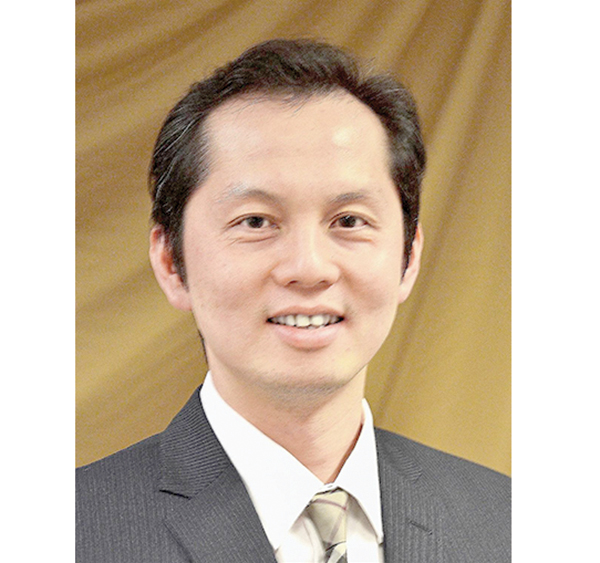New silent killer that strikes even the athletes
Published on: Sunday, November 17, 2019

KUALA LUMPUR: Imagine an athlete at the top of their game, in the prime of their life, and the peak of their health. Imagine them suddenly dropping to the floor.
They are not responsive, they are not breathing, and their pulse is absent. They have had a Sudden Cardiac Arrest (SCA).
ADVERTISEMENT
But how can that be? Athletes, especially young and active athletes, are the last people we would think would suffer a cardiac arrest. The truth is, SCA is the leading cause of death in young athletes.
In a media briefing hosted by Sunway Medical Centre consultant interventional cardiologist Datuk Dr Yap Yee Guan, he explained that SCA is different from a heart attack.
“Someone who suffers a heart attack can still be responsive and breathe, while someone who has a sudden cardiac arrest is unresponsive as their heart has stopped beating”.
To put it in layman’s terms: a heart attack is a plumbing problem, while SCA is an electrical problem.
ADVERTISEMENT
A heart attack happens when blood flow to the heart is blocked, while cardiac arrest is when the heart malfunctions and suddenly stops.
In his presentation, Dr Yap laid out the statistics. “The mean age of athletes when they suffer SCA is 23, 40pc of deaths involve athletes under 18 years old, and SCA is more common in males”.
ADVERTISEMENT
His most surprising revelation is that it is difficult to detect SCA. Its manifestations – including chest pain, breathlessness, palpitations, exertion dizziness, blackouts, and seizures – are not unique or easily identifiable.
Common triggers for SCA like dehydration, electrolyte imbalance, adrenergic surges, and acid/base imbalance are common among athletes, but it is not the same for everyone.
There are ways to detect SCA, as Dr Yap noted, but they are often expensive and could mark the end of a career for a young athlete.
The heart of an athlete also adapts to the sport, and may appear to be abnormal while it is perfectly healthy.
For example, the resting pulse of an athlete could be as low as 40 beats per minute (BPM), which is considered too low for the average person.
The mechanism responsible for the majority of sudden cardiac deaths is ventricular fibrillation (VF). VF is a heart rhythm problem that occurs when the heart beats with rapid, erratic electrical impulses.
Smart wearables, especially those with the ability to track and alert users of abnormally high or low pulse rates during rest times and while active, could help catch heart issues.
“Some smartwatches like the Apple Watch Series 4 and the latest, Series 5, even have a built-in electrocardiogram (ECG) feature that could measure the electrical activity of the heartbeat,” says Dr Yap.
“In turn, [they can] detect irregular heartbeats. The data would be beneficial to a cardiologist.
“However, despite the feature being approved and recognised in the US and Singapore, the ECG feature is currently unavailable in Malaysia, pending approval by the Ministry of Health.”
As scary as SCA is, survival is possible and highly probable if correct actions are taken.
In a follow-up briefing, Sunway Medical Centre consultant emergency physician Dr Ooh Ping Yee summarised the chain of events that must happen to increase the chance of survivability of an SCA.
“There are five links in the chain of survivability,” he explained. “The first three are critical, as the speed of which these three are administered is an important factor [for the survival rate]. The good news is they can be administered by the layperson.”
The first three key steps are notifying emergency response, delivering immediate high-quality CPR, and administering rapid defibrillation.
“The chances of surviving an SCA drops by 10pc every minute,” said Dr Ooh.
According to statistics from a 2012 study by the New England Journal of Medicine, of the 29pc who survived SCA, 100pc of them received CPR, and 88pc of them received defibrillation.
Stay up-to-date by following Daily Express’s Telegram channel.
Daily Express Malaysia




